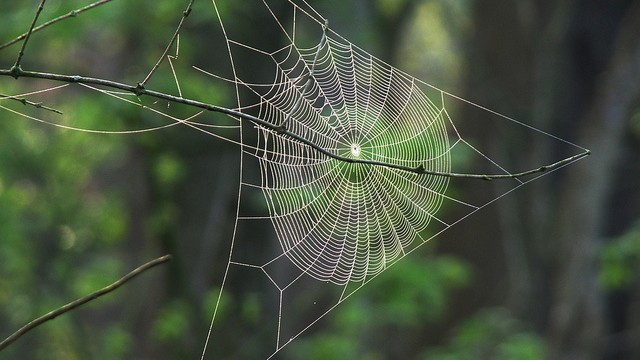
Math has a bad rap, writes math professor Manil Suri in a recent New York Times op-ed, and would be better geared to students as a playful and stimulating subject of ideas. Unfortunately, that’s not at all what our culture currently embraces.
“Sadly, few avenues exist in our society to expose us to mathematical beauty,” Suri writes. “In schools, as I’ve heard several teachers lament, the opportunity to immerse students in interesting mathematical ideas is usually jettisoned to make more time for testing and arithmetic drills. The subject rarely appears in the news media or the cultural arena.”
While research suggests that improving self-efficacy and providing math-positive role models can help spark interest and stave off math anxiety, what some mathematicians and teachers are looking for reaches beyond surviving or tolerating math class, but helping connect students to mathematics beauty. Suri wants students to "fall in love" with math, and suggests that maybe our entire approach to math is upside down, and deserves to be righted.
But how does a person fall in love with math? For too many, math class conjures up anxious worksheets filled with rows of unanswered problems. Students go along, seeming to perform the steps required -- plug in the formulas, solve for x -- without ever understanding what they’re doing, or why.
Cornell Math Professor and New York Times columnist Steven Strogatz, author of The Joy of x, said much of middle and high school math curriculum (which covers not basic arithmetic, but higher math) doesn’t appeal to students’ hearts, instead offering answers to questions that kids would never ask -- which he calls “the definition of boredom.”

